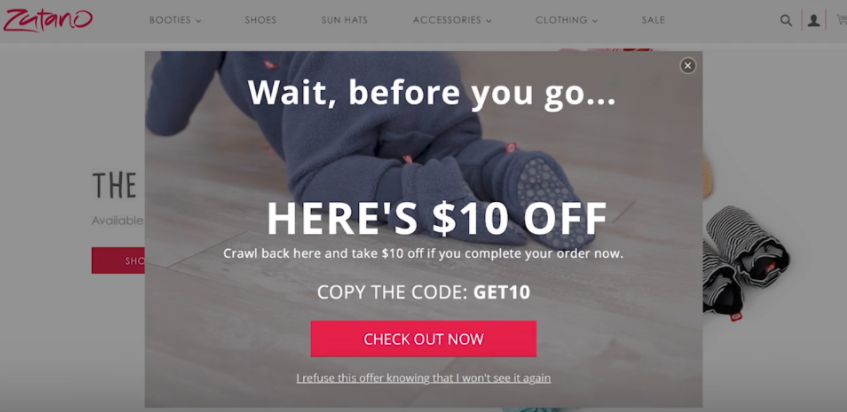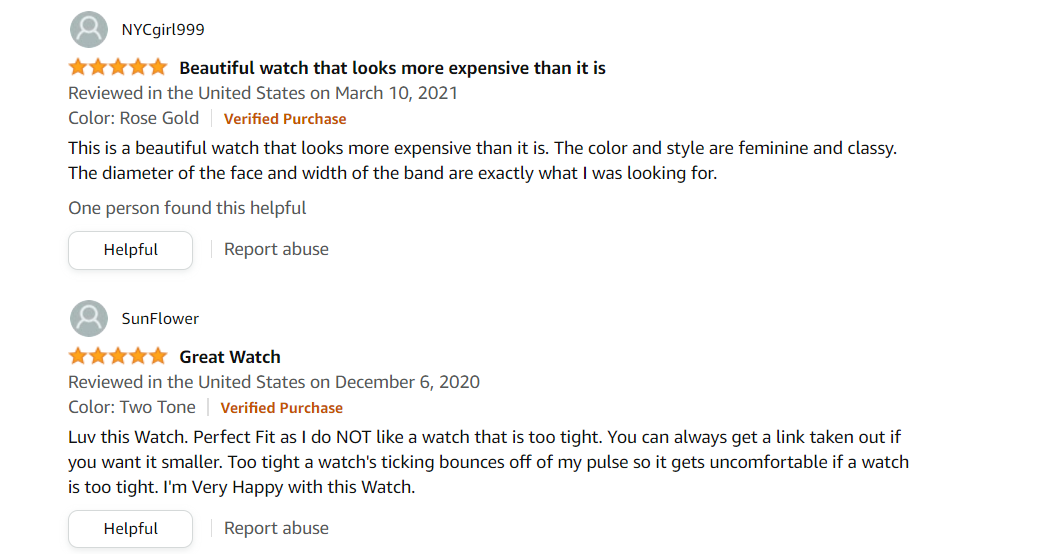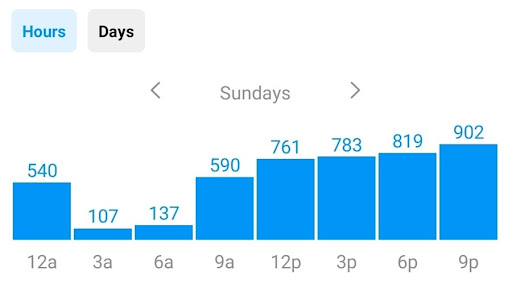The more familiar you are with your target audience, the higher the chances of turning them into devoted customers.
This is absolutely true since all marketers recognize the importance of delivering the appropriate message, to the correct potential customer, at the perfect moment.
Behavioral marketing greatly enhances the efficiency of achieving this goal.
Behavioral marketing emerged to provide marketers with more in-depth insights about users, going beyond basic demographics like age and gender. It enables them to gather information about the specific web pages users are visiting, the buttons they are clicking, the duration of their website visits, and much more.
In this guide, we are going to explore 7 effective behavioral targeting ideas that every business can use to have more customers and higher conversions.
What Is Behavioral Targeting?

Behavioral targeting (also called behavioral remarketing) is a method that enables businesses to gather comprehensive user information including keyword searches, clicks, session duration, mouse movements, IP addresses, browsing history, and cookies. This data is then used with marketing analytics tools to display personalized and relevant messages to users.
For instance, you can display a pop-up with a coupon code to a user who has visited your website, viewed 3 or more pages, and looked at a product. Alternatively, if a user has searched for certain keywords, you can show them ads on other websites.
Many people tend to use terms like targeted marketing, contextual advertising, and behavioral targeting interchangeably. However, it is important to note that there are subtle differences between them. Targeted marketing can be seen as a more general term, referring to the practice of focusing on customers who possess certain attributes based on their customer profile. Contextual advertising involves displaying ads that are relevant to the content of the website or page. On the other hand, behavioral targeting entails showing ads based on the user’s online search behavior, regardless of the website or page content.
Overall, the goal of behavioral marketing is to get a complete picture of your potential and existing customers, understand their behavior, and increase sales through personalized offers.
Why is Behavioral Targeting Crucial?
Behavioral targeting helps both businesses and consumers. It allows businesses to give consumers personalized and useful content and suggestions, making it easier for them to find what they need online.
Additionally, businesses learn a lot about what their customers do through behavioral targeting. Instead of guessing, they get specific information about their actions. This helps them customize their marketing to what their customers like. Instead of using lots of resources on big marketing campaigns, businesses can concentrate on making content just for different groups of customers.
However, research shows that 76% of businesses fail to use behavioral targeting correctly.
76% of businesses fail to use behavioral marketing.
If you want your business to be among those that effectively employ behavioral targeting and convert more leads into customers, continue reading to uncover the most successful ideas and strategies for behavioral targeting.
7 Effective Behavioral Targeting Ideas
As you already know what behavioral marketing is and what goals it pursues, let’s move to practical use cases and examples.
1. Use Exit-intent Popups

Exit-intent popups are a highly effective way to capture leads and increase conversions. Popups are examples of behavioral targeting since they activate when the visitor tries to leave your site without converting. They usually appear when the visitor is about to click on the browser’s “back” or “close window” button. When visitors see a relevant offer, they’re more likely to pay attention and convert.
There are a few different ways to set up exit-intent popups. You can use a plugin like Exit Intent Popup for WordPress or you can code your own with a bit of JavaScript. To make sure your exit pop-up is working, test different messages, colors, and designs to analyze the results.
Let’s see some examples of using exit-intent popups for businesses of different categories:
- eCommerce websites use exit-intent popups to provide visitors with exclusive discounts.
- Personal blogs use these popups to invite visitors to subscribe to their newsletters.
- Online services use exit-intent popups to offer visitors free eBooks and other educational resources.
2. Send Persona-Based Emails
Your website attracts users with diverse interests and requirements, which is why it is important to implement behavioral targeting by analyzing data and grouping your visitors accordingly.
For instance, you could create a specialized email campaign aimed at visitors who have abandoned their shopping carts. In the initial email, you can remind them about the product left behind and provide an opportunity to finalize the purchase. If there is no response or completion of the purchase, you may consider sending a follow-up email containing a coupon code or emphasizing limited stock availability.
Persona-based emails are proven to be super-effective. Research states that with personalized email marketing businesses manage to generate 122% ROI.
Therefore, it is crucial not to overlook this step in your marketing and sales campaigns.
3. Send Location-Specific Offers
Location targeting is possible with the user’s IP address and can be used to target users in a specific country or region. This can be useful if you are trying to reach local customers, and it is also helpful for targeting users who speak the same language that your site is written in.
Sending location-specific offers is extremely beneficial for retail businesses and restaurants.
Here are a couple of examples of behavioral targeting:
- If your clothing store is close to where your subscribers are, you might consider sending them text messages to invite them to visit your store. Similarly, if your restaurant is situated near a business center and offers lunch packages, you’d want to target individuals who work in that business center.
- Behavioral targeting based on location can also be applied to businesses without physical locations or products. For instance, let’s say you provide text messaging software that is exclusively available in the USA. In this case, you won’t be interested in getting traffic from Europe or Latin America. You would like to show ads to visitors who search for a similar service from the USA. And you would naturally block requests that originate from other countries.
4. Leverage Peer Recommendations
71% of consumers always or regularly read online reviews when browsing for local businesses. 85% of consumers trust online reviews as much as personal recommendations. What does this mean for your business? Instead of telling how great your customer service is or how quality your products are, show it! Here are a few elements you can insert on your website.
- “Others also bought”
- “We think you will love”
- “X shoppers are viewing this page right now”
- “Bought X times within the last X hours/days”
- Customer reviews, ratings, and images on the product description page, etc.

These examples show that real people are buying from your online store, leaving real reviews, and enjoying your products. So, reviews and stars speak louder than super-long product descriptions and sales pitches.
5. Send Timely Messages
It’s not only important what you send and who you send, but also when you send your marketing messages. Messages with relevant timing are more likely to be noticed, read, and acted upon.
Here’s a simple example of how behavioral targeting would work when it comes to publishing your Instagram posts. Instagram shows how many of your followers are online at 12 am, 3 am, 6 am, 9 am, 12 pm, 3 pm, 6 pm, 9 pm. You get this data for every single day of the week. Based on these numbers, you will know what’s the most optimal time to publish a post or story.
From the screenshot below, we understand that on Sundays, the followers of this account are mostly online at 9 pm. Accordingly, this account admin would like to post at around 8:30 pm to increase reach and engagement.

Similarly, you should monitor when your email or SMS subscribers are mostly active and send campaigns at the right time.
6. Utilize Chatbots
Chatbots play a crucial role in behavioral targeting and do a great job both on your website and Messenger. The new developments in the field of artificial intelligence have led to an explosion in chatbot popularity that goes way beyond simple FAQ knowledge bases. Instead of answering pre-written questions with pre-written templates, chatbots can now analyze the context of individual customer queries and give personalized answers.
Imagine that a customer is new to your online store and wants to make a purchase. However, she can’t find what she is looking for or has a question regarding payment, delivery, or something else. Seeking help from a customer service rep will probably take at least a few hours and the customer will probably move to another online store.

With chatbots, your potential customers will get immediate help and be able to quickly finalize their purchases.
Further reading: 10 Chatbot Marketing Benefits for Your Business
7. Offer Personalized Discounts
Offering personalized discounts is another way of behavioral targeting. Start with diving deep into your CRM data and getting a complete picture of your customers. You should be able to answer questions like when your customer’s birthday is, how often they buy from your online store, what product preferences they have, etc. According to this data, you can offer customized discounts and coupons when the customer meets certain conditions.
For example, your promotion management software may automatically reward the customer with points for orders above 99$. Or you may offer a St. Patrick’s Day discount for customers who shop from Ireland. Last but not least, you may offer a coupon code on the occasion of the first anniversary of shopping from your store.
Similar discounts encourage customers to spend more money with your business and tell their friends about the benefits of doing business with you.
Getting Started With Behavioral Targeting
If you’re using CRM and analytics tools for your website, you likely have valuable user data at your fingertips. However, knowing how to leverage it for personalized messaging and ads might be a challenge.
That’s where Andava Digital comes to the rescue! We will help you understand the hidden secrets of your analytics tools, show you patterns that you weren’t aware of, and help you get the most out of behavioral advertising.
Ready to take your business to the next level? Don’t waste a moment, contact us right away!
